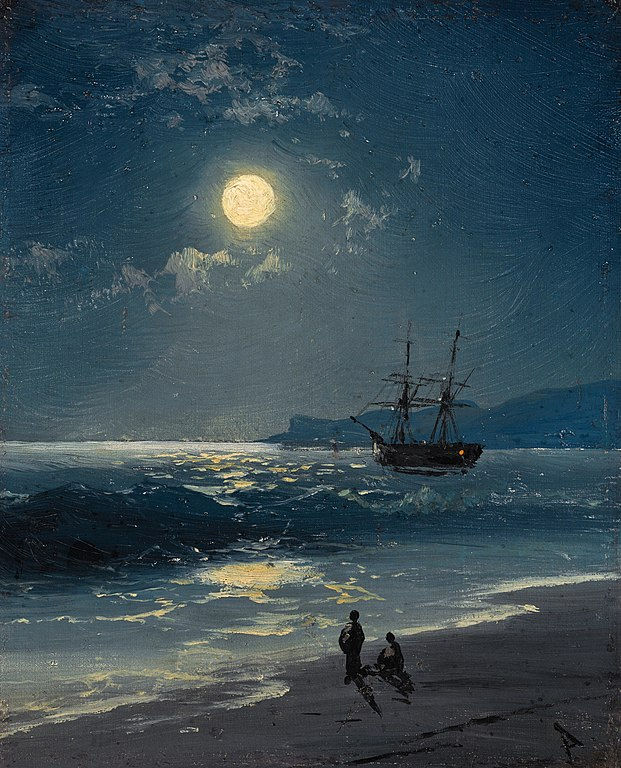The Moon's Demise
- Tim Stephenson

- Sep 18, 2021
- 3 min read
One of the most ironic things about the Moon is that it will ultimately be responsible for it’s own demise. Not that it will obliterate itself, but over time, it will lose it’s status as the romantic and alluring orb that graces our night sky. There will be a day when no more songs will be written about it nor poetry evolve to wax eloquent about it’s silent passage across the sky.

So why is this so? It all has to do with the gravitational interaction between the Earth and the Moon. As moons go, ours is quite large in comparison to it’s host planet. At a diameter of approximately 3400 kilometres, our Moon is about 25% the size of Earth. It is the fifth largest moon in the solar system and only the gas giants have moons that rival the Moon.
How did Earth get such a large moon? At one time it was thought that it was captured into Earth’s gravity well but further analysis showed that it is just too large an object for Earth’s modest gravitational field to catch a moon of such magnitude.
When the Apollo astronauts brought moon rocks back in the early 70s, the geochemistry seemed to match up nicely with Earth’s, and the Giant Impact Theory came about. This suggested that the Earth was struck by a very large body which took the name Theia, ejecting crustal material into orbit and then coalescing over time to form the Moon. This impact also brought about the Earth’s tilt and thus the seasons. (see the previous blog post about Earth’s tilt).
So essentially, the Moon was born out of the Earth and has orbited Earth for the last 4.5 billion years. Eventually it settled into it’s current orbit (about 384,000kms from Earth) and became gravitationally locked to Earth, meaning we will only ever see one face of the Moon. In fact, the reason why is that the Moon’s rotation rate is almost identical to it’s orbital period, which is approximately 28 days. It spins as fast as it orbits!
Now to the Moon’s demise. The Moon has it’s own gravitational field which “tugs” on the Earth. The main feature of Earth that responds to this force is the ocean. And the Sun does the same. As a result, the oceans slosh back and forth between the continents. Twice each day, the Pacific Ocean slams up against North America and this enormous mass gives the Earth a mighty shake.
In fact, in the Pacific Northwest where I live, the ocean tides rise and fall, flood and ebb, twice a day, with high and low tides occurring about every 6 hours. This would correspond to the 24 hour rotation of Earth. As it spins, Earth presents to the Moon different “faces” and thus the oceans respond as they pass “under” the Moon. Look up videos that show the tidal flow at places such as Skookumchuk or Seymour Narrows to see how the water will “fall” towards the Moon.
Now this sloshing of the oceans actually takes away energy from the Earth’s rotation. But energy can’t be created or destroyed so the result is the system of angular momentum responds by getting larger. Just as the figure skater will draw in their arms to spin faster, they spread their arms to slow down. Conversely however, if the spin rate slows, the physical response is that the system gets larger. That is reflected in the retreat of the Moon. At a rate comparable to how fast your finger nails grow, the Moon is receding from Earth in response to the tides which is ironically caused by the Moon!
This is why I said that the Moon is causing it’s own demise. Given enough time, the Moon will be so far away that it will be an inconsequential feature in our night sky. No more poems, no more songs…and I guess, no more howling werewolves either!
Have a question? Leave it in the comments or message me on twitter at @astrostephenson.






Comments